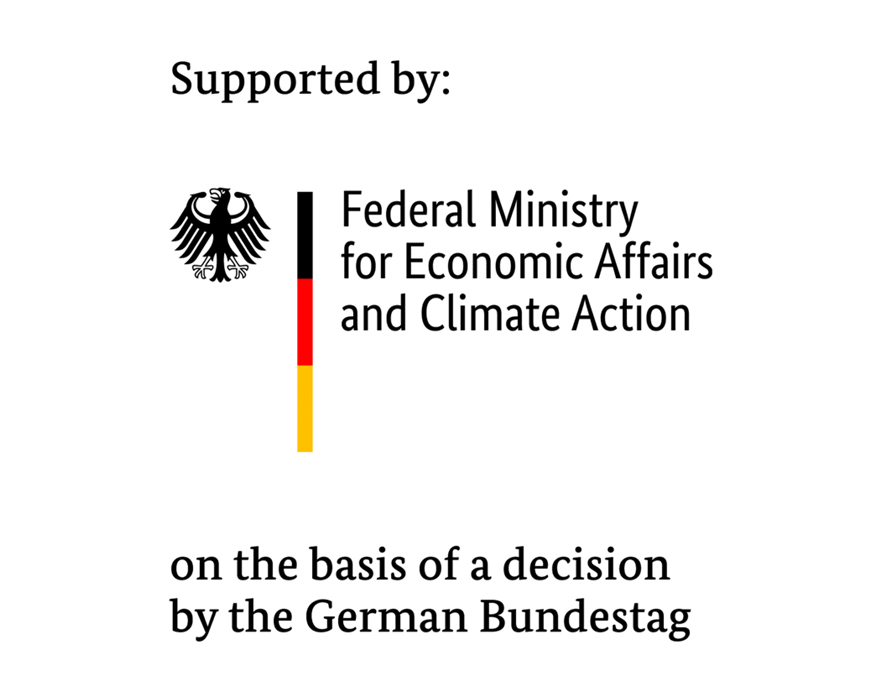| Funding: | Federal Ministry for Economic Affairs and Climate Action (BMWK) |
| Partners: | MARUM / Universität Bremen, Geo-Engineering.org GmbH, innogy SE |
| Duration: | 11/2017 – 11/2021 |
In the Restrike XL project, the cause and effect of the so-called set-up effect in deep foundations (piles) is being examined at a test field in Altenwalde, Cuxhaven (Germany). At this site, valuable results have been derived from tests with large-scale piles in former projects like the Vibro-Project, VIBRO RE-Strike and dynapile.
The project´s focus is on the physical causes of the set-up effect. These are observed in both hammer- and vibration-driven piles. To this end, the results from the measurements of preceding projects will be evaluated and, in addition, laboratory examinations and centrifuge tests will be performed. The evaluation of measurements on piles for cone penetration tests together with geophysical measurements in the pile vicinity and the creation of a regional, stratigraphic subsoil model are also planned.
Above and beyond this, the project partners will develop software for predicting the set-up effect by means of numerical simulation. This will allow pile installation and the set-up effect to be defined and create a basis for practice-relevant, geotechnical assessment methods. The results will then flow into the development of a prediction tool for the set-up effect at specific turbine sites.
The aim of this project is to optimize the installation procedures for the foundations of offshore wind turbines and to establish more widespread use of low-noise emission vibration methods for pile installation.
Fraunhofer IWES is contributing to this with the evaluation of geophysics, CPT interpretation, the performance of simple shear tests, and numerical analyses for further development of the ground model. Furthermore, it is visualizing pile penetration into the subsoil, performing a sensitivity analysis, and contributing to the theoretical work in order to research the physical principles.
